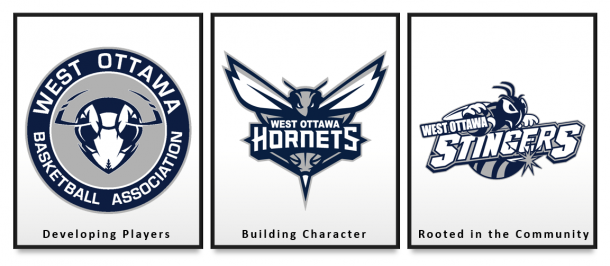Emergency Action Plan

EMERGENCY ACTION PLAN
The EAP should be activated immediately if the injured person:
- Is not breathing.
- Does not have a pulse.
- Is bleeding profusely.
- Has impaired consciousness.
- Has injured the back, neck or head.
- Has a visible major trauma to a limb.
Charge Person
The Charge Person has the following responsibilities:
- Reduce the risk of further harm to the injured person by securing the area and sheltering the injured person from the elements.
- Designate who is in charge of the other athletes. If nobody is available for this task, cease all activities and ensure that the athletes are in a safe area.
- Protect yourself (wear gloves if in contact with body fluids such as blood).
- Assess ABCs (check that the airway is clear, breathing is present, a pulse is present, and there is no major bleeding).
- Wait by the injured person until EMS arrives and the injured person is transported
- Fill in an accident report form
The Call Person has the following responsibilities:
- Call for emergency help.
- Provide all necessary information to dispatch (e.g. facility location, nature of the injury, description of first aid that has been done, allergies and other medical problems for that athlete).
- Clear any traffic from the entrance/access road before the ambulance arrives.
- Wait by the driveway entrance to the facility to direct the ambulance when it arrives.
- Call the emergency contact person listed on the injured person’s medical profile.
The sequence of events to follow in the event of an emergency:
- The primary charge person assesses the situation and determines if the emergency action plan needs to be activated.If the EAP needs to be activated the primary charge person signals the call person by raising their hand in the air and holding up their index finger indicating that 9-1-1 needs to be called.
- While the first call person is phoning 911 the second call person is accessing the team's EAP and looking up relevant location information (name of the facility, address, phone number and phone number of the primary call person).
- Once all information has been given 9-1-1 the primary call person will raise their hand up in the air and hold up their index finger in order to signal to the charge person that emergency services are on their way.
- The first call person stays on the scene while the second and third call person go to the facility entrance(s) in order to escort emergency services to the injured person.
- Upon signal that the EAP has been activated the second charge person will retrieve the First Aid kit and bring it to the first charge person and the injured player.
- The first call person should remain with the injured player and gather as much information as possible regarding the extent of the injury.
1. Control the environment so that no further harm occurs:
- Stop all athletes
- Protect yourself if you suspect bleeding (put on gloves)
- If outdoors, shelter the injured athlete from the elements and from any traffic
- Is not breathing
- Does not have a pulse
- Is bleeding profusely
- Has impaired consciousness
- Has injured the back, neck or head
- Has a visible major trauma to a limb.
- Cannot move his or her arms or legs or has lost feeling in them
3. Do a second assessment of the situation
- Gather the facts by talking to the injured athlete as well as anyone who witnessed the incident.
- Stay with the injured athlete and try to calm him or her, your tone of voice and body language are critical.
- If possible, have the athlete move himself or herself off the playing surface to not attempt to move an injured athlete.
- Have someone with first-aid training complete an assessment of the injury and decide how to proceed.
- If the person trained in first aid is not sure of the severity of the injury or no one present has first-aid training, activate the EAP.
Allow an athlete to return to activity after a minor injury only if there is no:
- Swelling
- Deformity
- Continued Bleeding
- Reduced range of motion
- Pain when using the injured part

 Email
Email Print
Print
